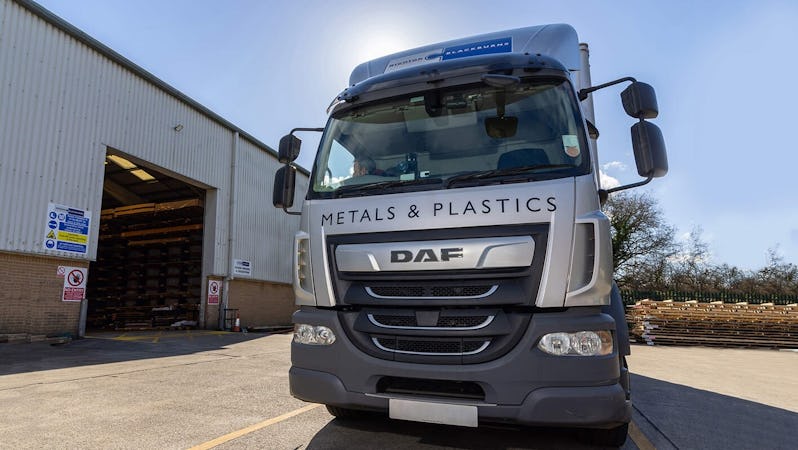Scope - RoHS & WEEE
The Waste Electrical and Electronic Equipment directive, commonly referred to as WEEE. This is aimed at electrical and electronic equipment manufacturers and has two main aims:
- Manufacturers will also have a responsibility for recycling products at the end of their life and there are targets manufacturers must meet.
- To eliminate the use of environmentally sensitive substances from the manufacturing process of electrical and electronic equipment. To do this, the WEEE directive refers to the Restriction of Hazardous Substances (RoHS) directive.
The main objective of the R0HS directive is to eliminate the use of four metals and 2 flame retardants. For each of these substances a maximum concentration value of 0.1% by weight in electrical and electronic equipment is permissible:
- Lead
- Mercury
- Cadmium
- Hexavalent Chromium
- Polybrominated Diphenyls
- Polybrominated Diphenyl Ethers
In addition, there is an extra clause covering the exceptions which includes Lead, when used as an alloying element where the maximum concentration values are:
- 0.35% by weight in steels (including stainless steel)
- 0.40% by weight in aluminium
- 4.00% by weight in copper alloys





